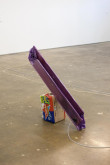
Manuel Burgener, Untitled, 2018, wood, aluminum, plastic, water
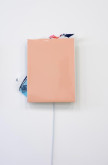
Manuel Burgener, Untitled, 2018, plastic, photo paper, aluminum, 1 of 6

Manuel Burgener, Untitled, 2018, photo paper, aluminum, glass, 1 of 3
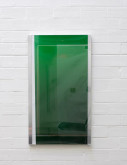
Manuel Burgener, Untitled, 2018, photo paper, aluminum, glass
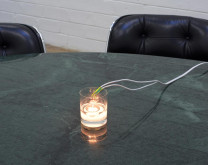
Manuel Burgener, Untitled, 2018, glass, paraffin, metal, wire
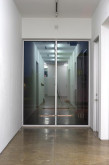
Manuel Burgener, Untitled, 2018, glass, metal, wire, cable ties
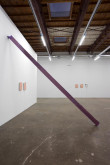
Manuel Burgener, Untitled, 2018, wood, aluminum, plastic
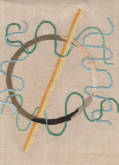
Kelly Kroener, /O, 2017, cotton floss on linen
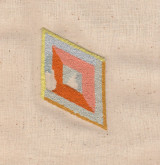
Kelly Kroener, \ //, 2018, cotton floss on muslin
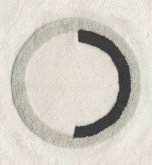
Kelly Kroener, ((#)), 2017, cotton floss on muslin
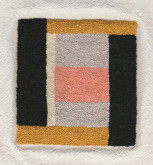
Kelly Kroener, ||=_||, 2017, cotton floss on muslin
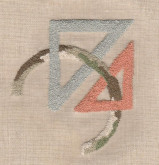
Kelly Kroener, (/|/|/|), 2017, cotton floss on muslin
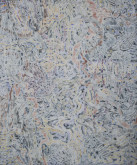
Travis Lycar, Untitled, 2017, oil and pigment on linen
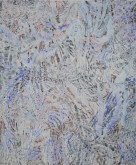
Travis Lycar, Untitled, 2017, oil and pigment on linen
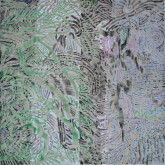
Travis Lycar, Untitled, 2018, oil and pigment on canvas

Puppies Puppies, Trigger (Llama Revolver model XII .38 special military & police revolver)
permanently disabled by Jeff Cline & Jim Cinquemani
, 2018, gun trigger
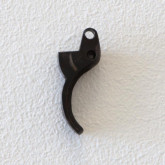
Puppies Puppies, Trigger (semi-automatic pistol 380 caliber Hungarian police gun)
permanently disabled by Jeff Cline & Jim Cinquemani, 2018, gun trigger
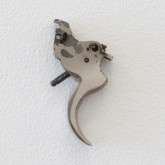
Puppies Puppies, Trigger (Smith & Wesson Revolver, firearm)
permanently disabled by Jeff Cline & Jim Cinquemani, 2018, gun trigger











